All
All
Stories, updates, insights, and original analysis from The Planetary Society.
Every Mars landing attempt as of June 2020
Two maps by The Planetary Society show all the places we've landed or crashed on Mars as of June 2020.
Hayabusa2 arrived at Ryugu, so I can make comparisons of asteroid scales!
On 26 June 2018, Hayabusa2 arrived at its target asteroid, Ryugu. In a very brief status update, I present comparisons of Ryugu to other previously visited asteroids and comets.
Some big moons in the Kuiper belt
In a new preprint, Mike Brown and Bryan Butler show evidence that two Kuiper belt moons are even bigger than we used to think. They are Eris' moon Dysnomia, and Orcus' moon Vanth.
Saturn's small satellites, to scale
Emily shares another of her popular size comparisons of solar system bodies, taking advantage of Cassini's recent views of Saturn's tiniest moons.
Favorite Astro Plots #4: Classifying Exoplanets
Until just a few years ago, a plot of mass versus size of other worlds would have looked pretty sparse and uninformative. But thanks to the tireless efforts of exoplanet astronomers, we now know fairly precise masses and radii for hundreds of distant worlds.
30th anniversary images of Uranian moons
January 24 was the 30th anniversary of the Voyager flyby of Uranus. Uranian moons have been on my mind ever since New Horizons sent us close-up images of Charon. On the occasion of the anniversary, Ted Stryk produced latest-and-greatest versions of the Voyager views of these worlds.
Planetary Exploration Timelines: A Look Ahead to 2016
How many planetary exploration missions are there, and where are they? These days, it's hard to keep track, because there are so many. I plan to begin the new year by taking stock of active missions, figuring out what each has set out to do and accomplished so far, but first I want to step back to consider the spread of missions across the solar system as a whole.
The round worlds in the solar system: An updated graphic
I have a newly updated scale comparison graphic to share: all the round worlds in the solar system smaller than 10,000 kilometers in diameter, now with added Pluto, Charon, and Ceres.
The solar system at 1 kilometer per pixel: Can you identify these worlds? The answers
Last Friday I posted an image containing 18 samples of terrain, all shown at the same scale. Were you able to figure out which square was which? Here are the answers.
The solar system at 1 kilometer per pixel: Can you identify these worlds?
A look at the surfaces of 18 worlds in our solar system, all at the same scale.
Galileo's best pictures of Jupiter's ringmoons
People often ask me to produce one of my scale-comparison montages featuring the small moons of the outer solar system. I'd love to do that, but Galileo's best images of Jupiter's ringmoons lack detail compared to Cassini's images from Saturn.
The not-planets
Now that I have a reasonable-resolution global color view of Pluto, I can drop it into one of my trademark scale image montages, to show you how it fits in with the rest of the similar-sized worlds in the solar system: the major moons and the biggest asteroids.
Adding Churyumov-Gerasimenko to my scale comparison of comets and asteroids
Having found a color photo of the comet, I finally added Churyumov-Gerasimenko to my scale comparison of comets and asteroids visited by spacecraft.
New Rosetta view of the comet - and a comparison to other comets
Rosetta's view of the comet is getting better and better. Today they released a new image from the high-resolution OSIRIS camera, and it's a very fresh one, taken only two days ago. Distinct features are coming into view. And it's finally detailed enough for me to compare it to the five other comets we've visited in the past.
A close look at Saturn's closest moons
A new composite image of the eight named moons that orbit closest to Saturn, and a list of all the best Cassini observations of these moons.
2015 will be the Year of the Dwarf Planet, and you need to tell people about it!
I am very excited about 2015, more so than I have been about any year since I started working at The Planetary Society. Dawn will enter orbit at Ceres, and New Horizons, which will fly past Pluto and Charon. But if we want this kind of exploration to continue, I'm challenging you, dear readers, to tell the world why such non-planetary worlds are compelling places to go exploring.
New names for Pluto's little moons Kerberos and Styx; and a new moon for Neptune
Pluto's moons, formerly known as
Scale comparisons of the solar system's major moons
A few presentation slides with pretty pictures, sized to scale, of the large moons of the solar system.
My ever-popular asteroids-and-comets montage, now in color, with bonus Toutatis
My collage of all the asteroids and comets visited by spacecraft is probably the single most popular image I have ever posted on this blog. I've now updated it to be in color and to include Toutatis.
Cheat sheets for Vesta's craters and Dawn's Vesta timeline
I made myself a cheat sheet to many of Vesta's distinctive-looking craters, and also wrote down a list of the major dates in the timeline of Dawn's exploration of Vesta.


 Explore Worlds
Explore Worlds Find Life
Find Life Defend Earth
Defend Earth


 Sun
Sun Mercury
Mercury Venus
Venus Earth
Earth Mars
Mars Jupiter
Jupiter Saturn
Saturn Uranus
Uranus Neptune
Neptune Small Bodies
Small Bodies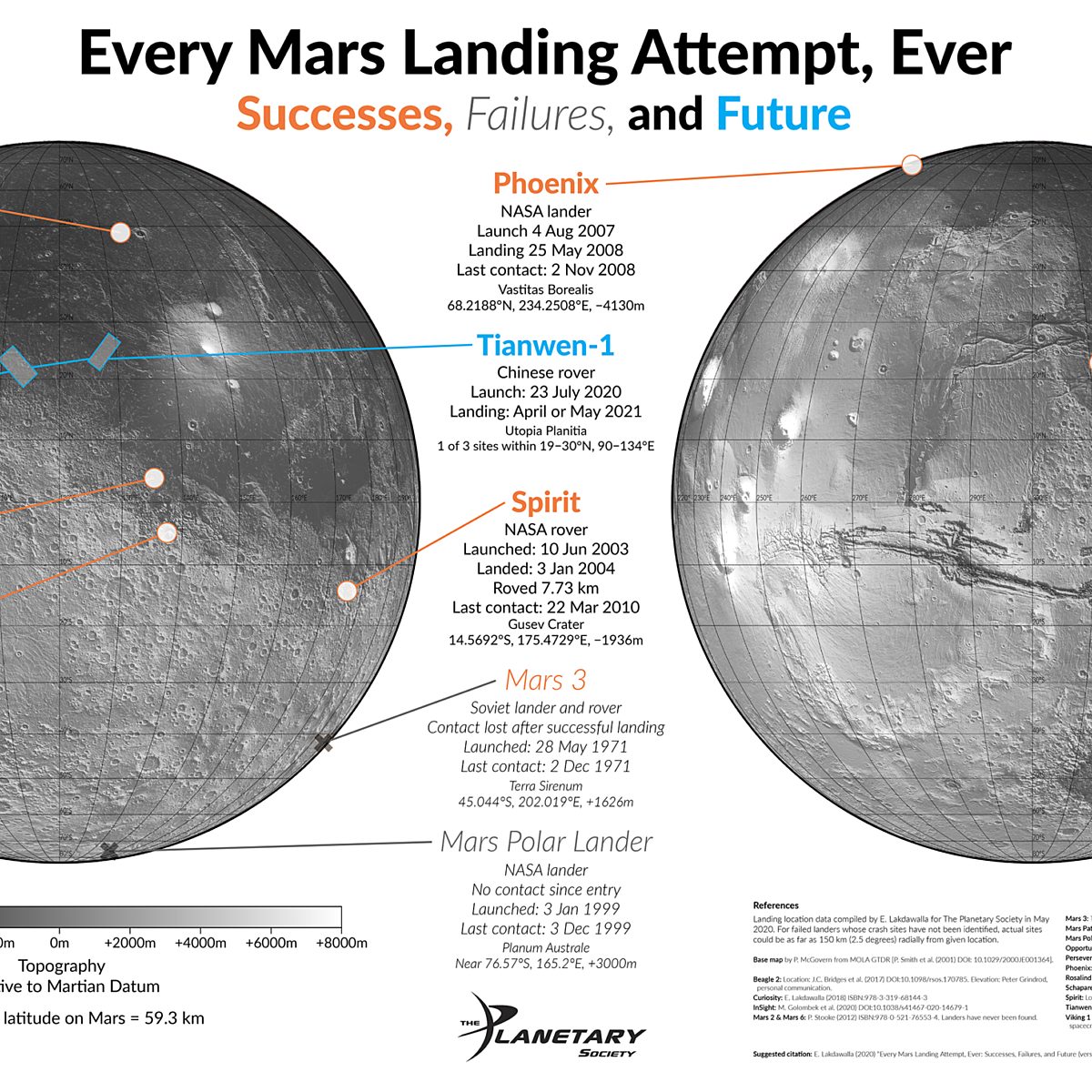




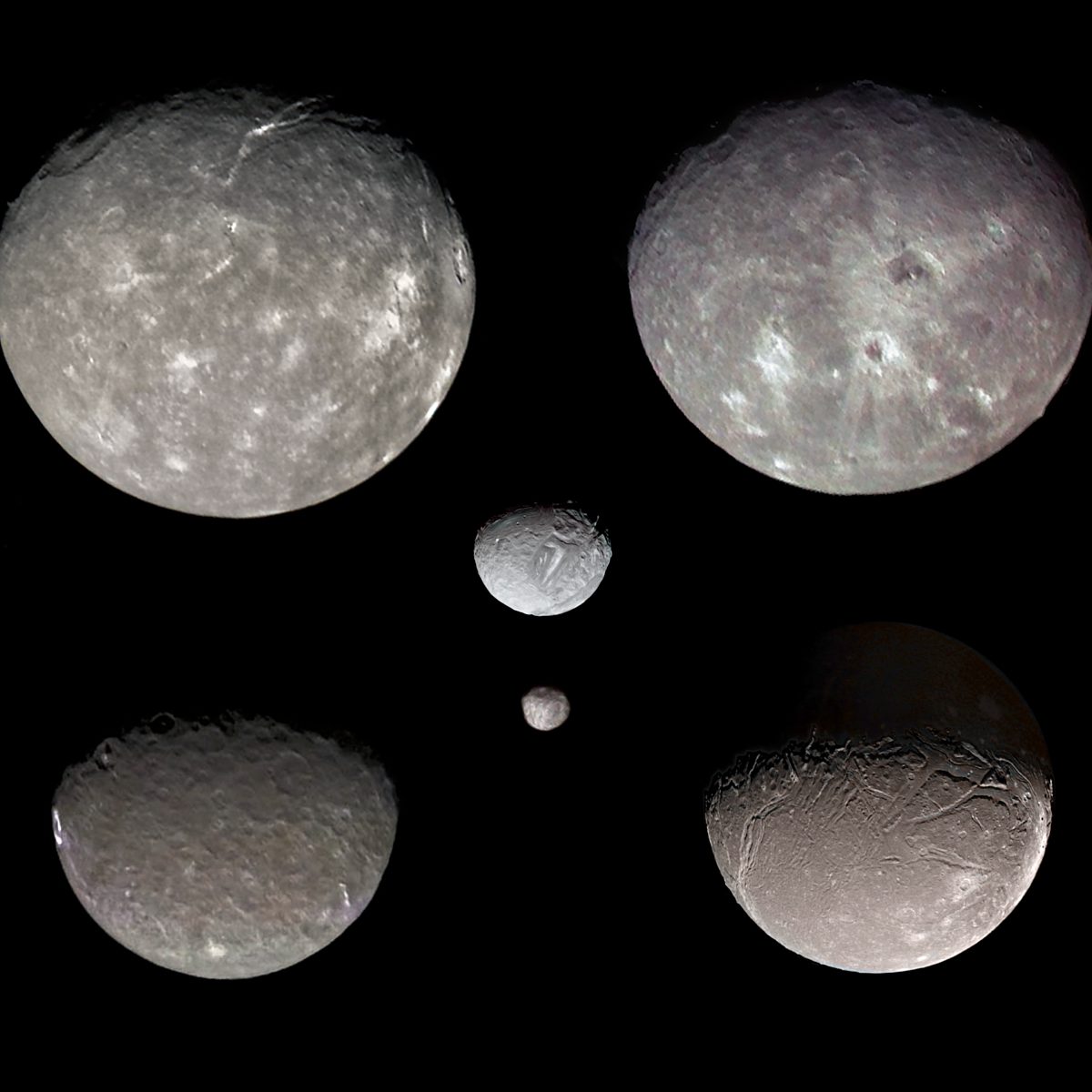





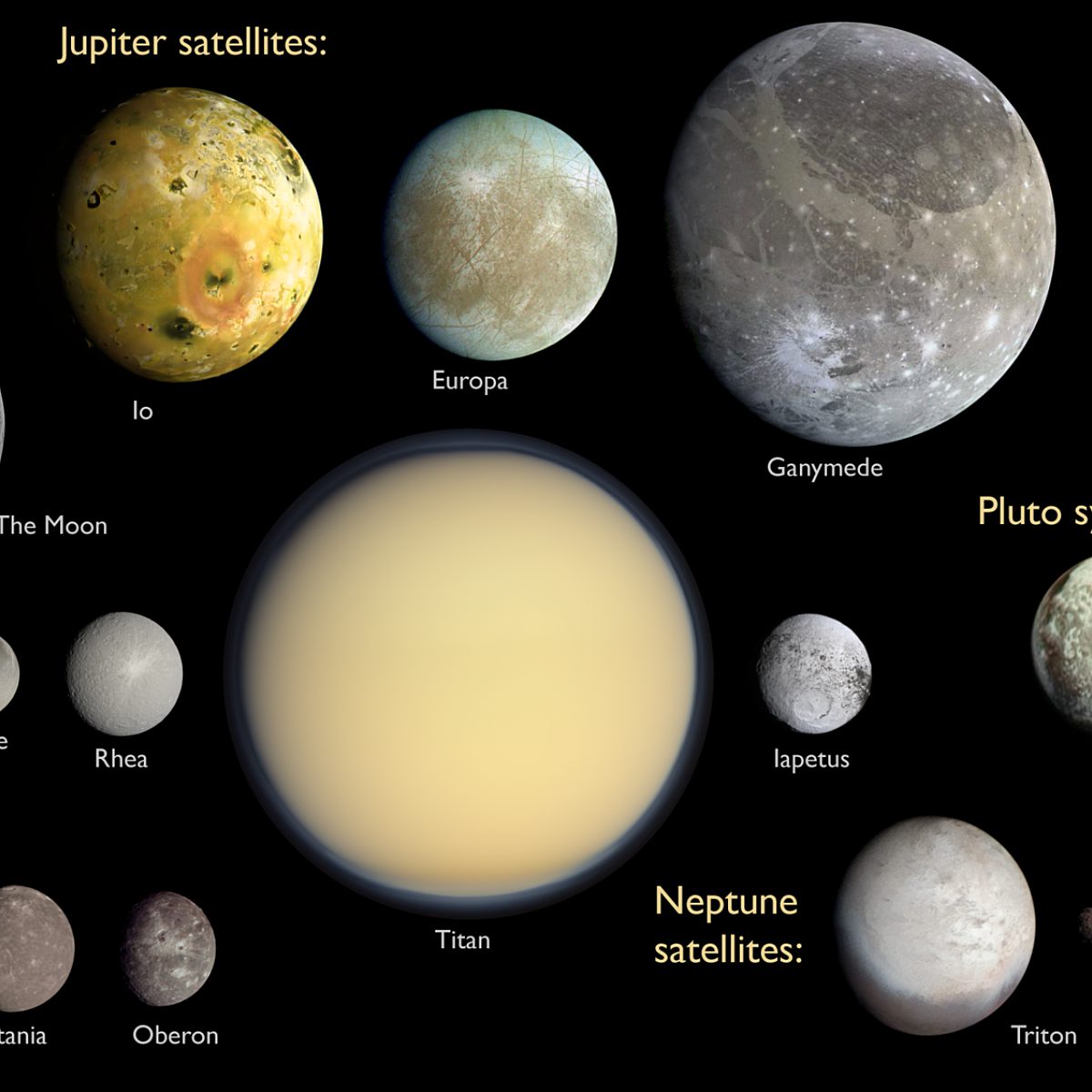



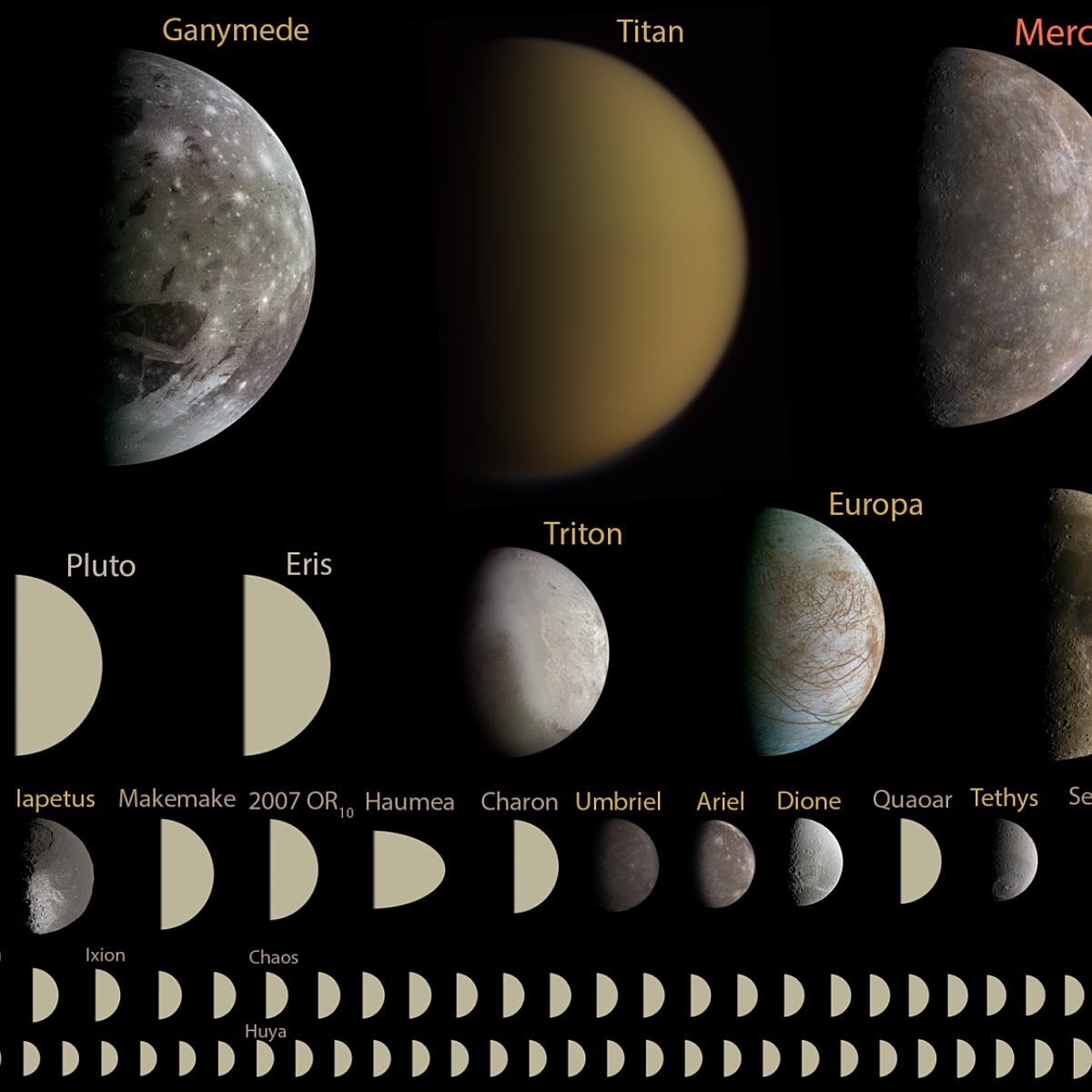
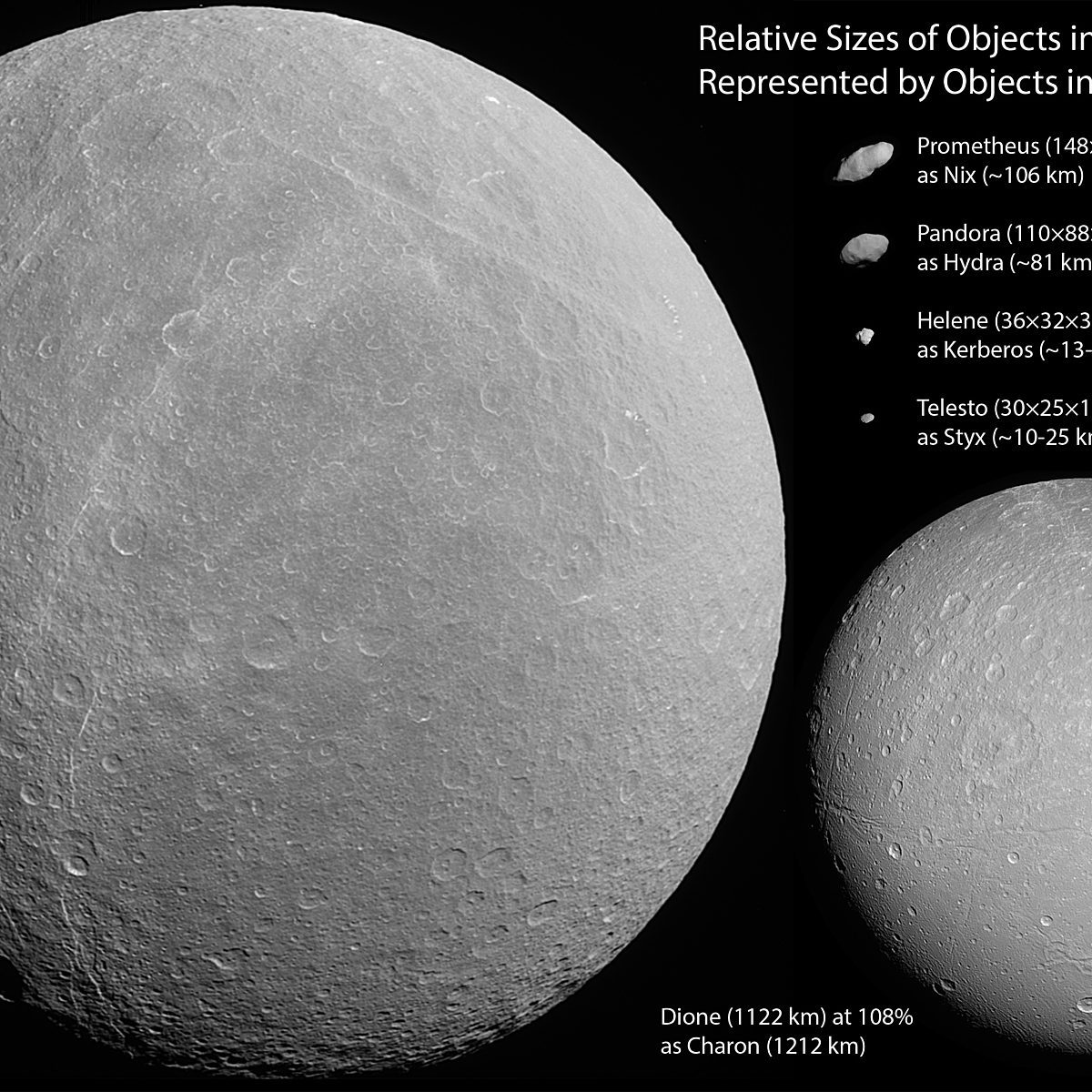
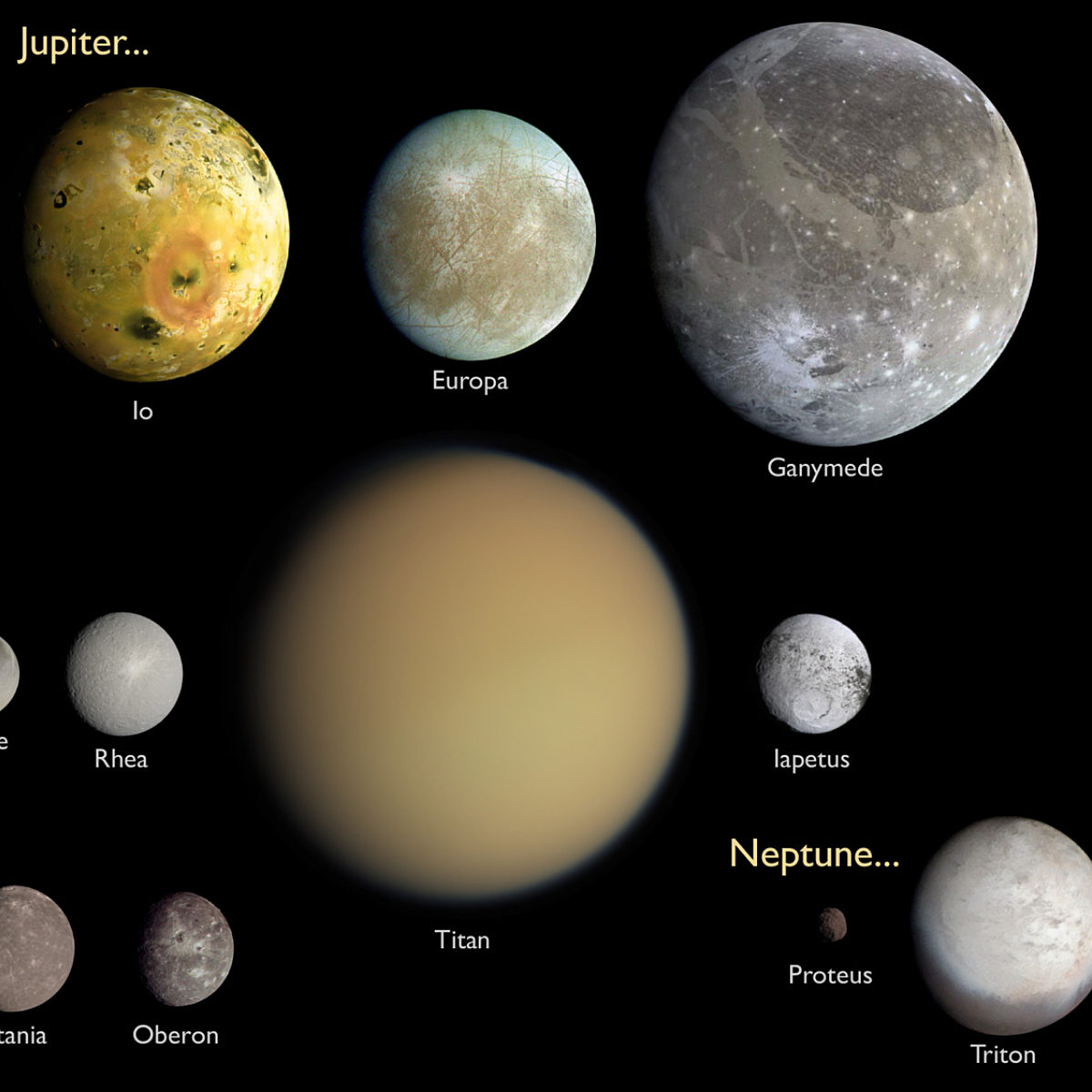
![Asteroids and comets visited by spacecraft as of December 2012, in color, excepting Vesta [DEPRECATED]](https://planetary.s3.amazonaws.com/web/assets/pictures/_1200x1200_crop_center-center_82_line/130437/20121218_asteroids_comets_sc_0-000-100_2012_color_brightened.jpg)
